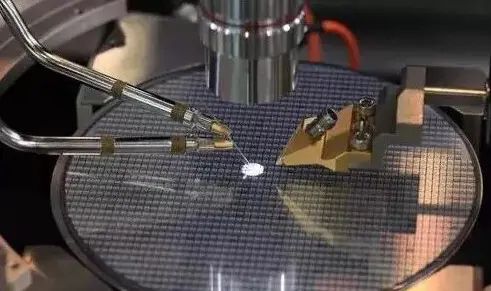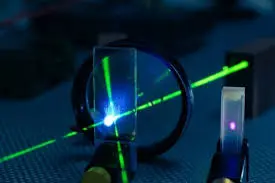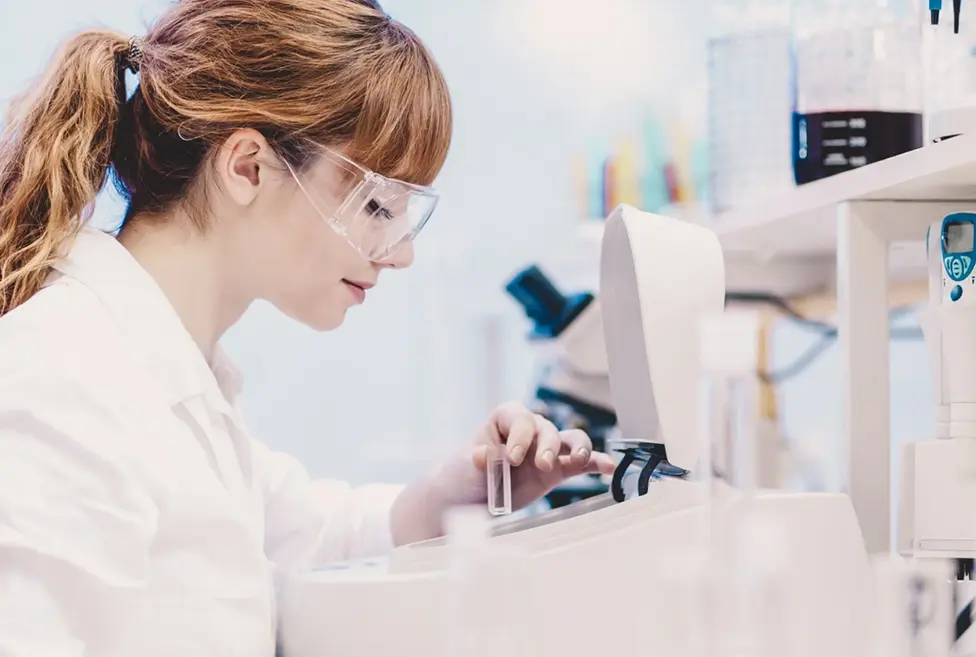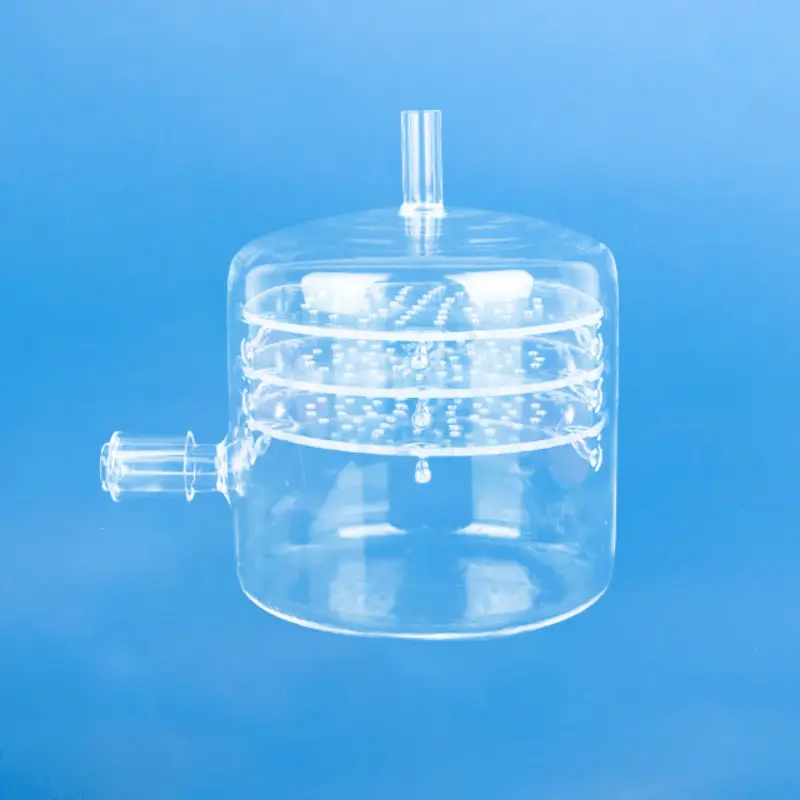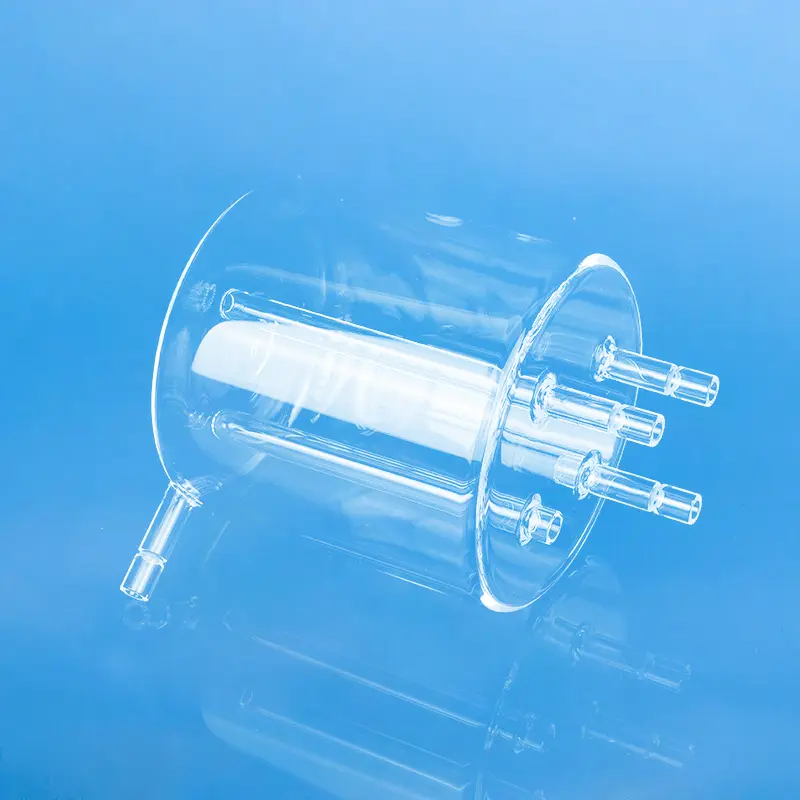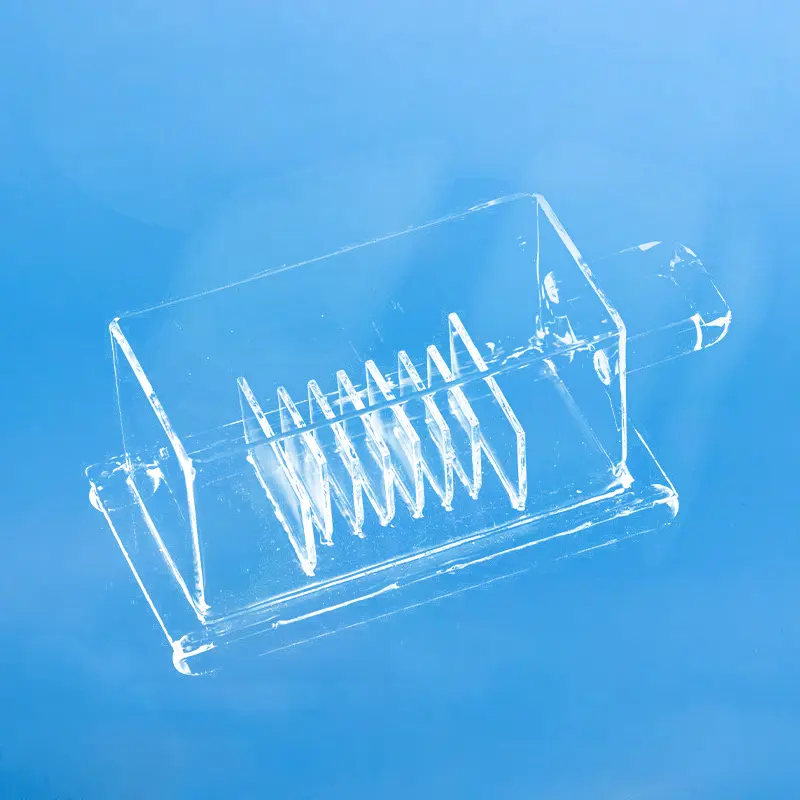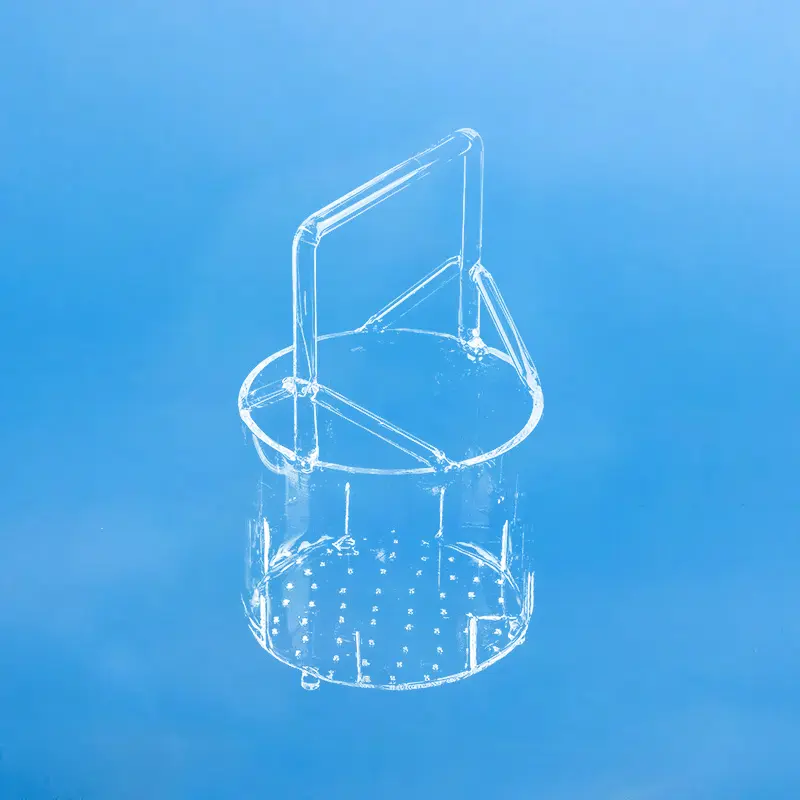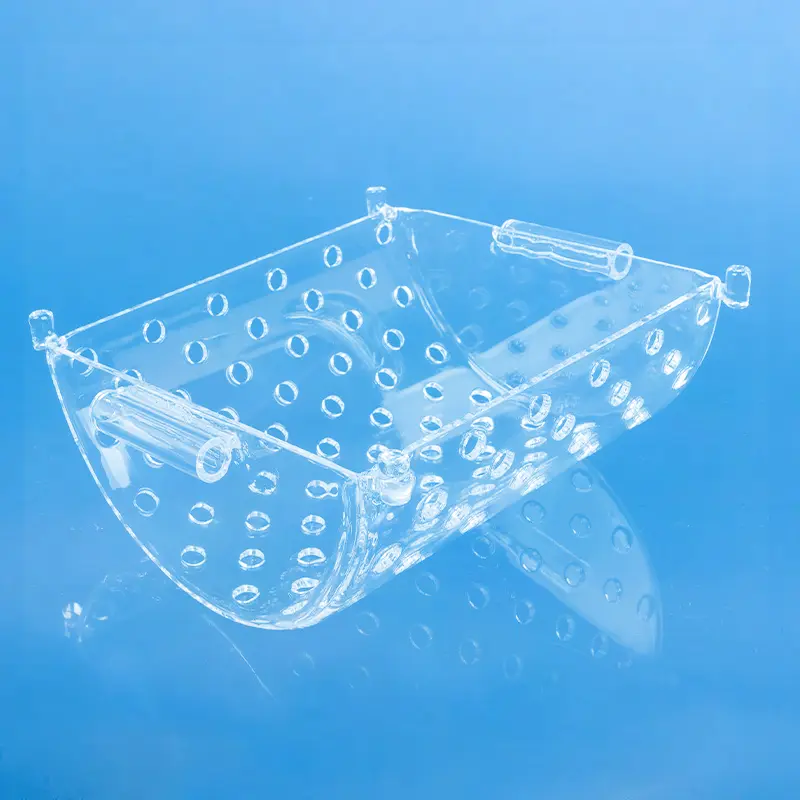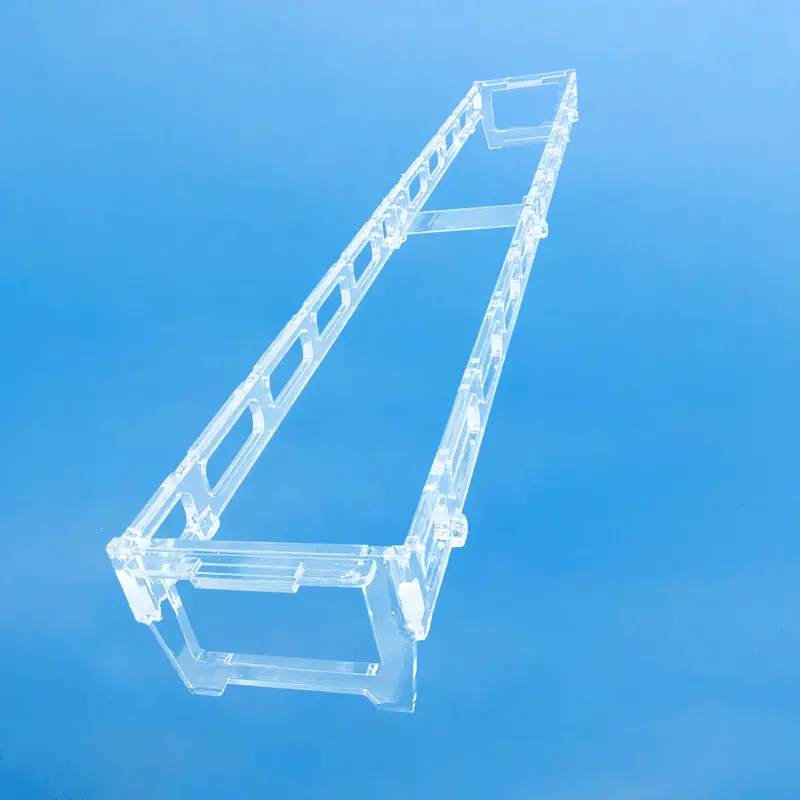当社の高純度カスタム石英バブラーおよびガス供給容器は、重要な用途向けに精密設計された溶融石英部品です。CVD/MOCVDプリカーサー供給、半導体プロセス、腐食性・高温化学物質の処理に最適で、精密な流体/ガス制御を保証します。優れた純度と耐熱性により、要求の厳しい産業および研究ニーズに応えます
| 特性内容 | 特性値 |
|---|---|
| SiO2 | 99.99% |
| 密度 | 2.2×10³ kg/cm³ |
| 硬度 | モース硬度 5.5~6.5; ヌープ硬度 570 (荷重100g) |
| 引張強度 | 4.8 × 10⁷ Pa (48 N/mm² または 48 MPa); 7,000 psi |
| 圧縮強度 | >1.1×10⁹ Pa (160,000 psi) |
| 熱膨張係数 | 5.5×10⁻⁷ cm/cm·°C (20°C-320°C) |
| 熱伝導率 | 1.4 W/m-°C |
| 比熱 | 670 J/kg-°C |
| 軟化点 | 1730度C(3146度F) |
| 徐冷点 | 1210度C(2210度F) |
| 歪点 | 1120度C(2048度F) |
| 使用温度 | 1200°C |
| 電気抵抗率 | 7×10⁷Ωcm (350°C) |
| サイズ | カスタマイズ対応 |
| ロゴ | ロゴのカスタマイズ対応 |
高純度
石英ソースボトルは高純度石英ガラス(溶融石英)製であり、容器の化学的安定性と純度を確保することで、保管される材料との反応や汚染を防ぎます。
高温耐性
石英ガラスは優れた耐熱性を有しており、高温でも変形や損傷なく長期間使用することが可能です。
耐食性
石英ガラスは多種多様な化学試薬に対して優れた耐腐食性を示し、そのため様々な腐食性物質の貯蔵および移送に非常に適しています。
容易な洗浄
石英ガラスの滑らかな表面は、汚れの付着を防ぎ、清掃とメンテナンスを容易にします
アプリケーションシナリオ
石英ソースボトルは、最大99.995%の二酸化ケイ素(SiO2)含有量を持ち、ガラスの不均一性(層状化を含む)および問題となる金属イオンの溶出に関連するリスクを排除します。
Quartz source bottles exhibit extremely high stability at high temperatures and do not easily deform. Their low thermal expansion coefficient and excellent thermal shock resistance allow them to maintain their shape and structural integrity under drastic temperature changes.
実験精度の確保: 石英ソースボトルは、1100°Cまでの温度で安定性を維持できます。これは、高温実験において石英ソースボトルが信頼できる容器として機能し、容器の熱変形や分解によって実験結果の精度が損なわれないように保証することを意味します。
実験安全性の向上 石英ソースボトルは優れた熱衝撃性を有しているため、急激な温度変化下でも亀裂が生じにくいという特徴があります。これにより、高温実験における安全上のリスクを大幅に低減し、研究室の作業員と設備を保護します
よくある質問
当社は、高純度石英ガラス部品の一貫製造を専門としております。主な製品ラインナップは以下の通りです:
石英管・石英棒: 幅広い直径と仕様。
石英プレート・ディスク: 光学および工業用途向けに精密に切断・研磨。
石英実験器具: ビーカー、フラスコ、ボートなど、標準品から特注品まで幅広い種類のガラス器具。
半導体グレード石英: 半導体製造用のプロセスチューブやキャリアなどの高純度部品。
特注加工部品: お客様固有の設計および仕様に合わせて、複雑な部品を製造できます。
はい。特注加工(カスタム加工)は、当社の事業の中核です。10年以上にわたる専門的な経験を活かし、お客様企業と提携し、専門的なOEM/ODMサービスを提供しております。当社の加工技術には、溶接、研削、穴あけ、研磨、曲げ加工、その他さまざまな精密加工技術が含まれており、お客様の厳密なご要望にお応えする部品を製造いたします。
品質は当社の製造プロセスにおいて最も重要です。当社はISO 9001:2015認証取得メーカーであり、当社のプロセスが国際的な品質管理基準を満たしていることを保証します。また、当社の製品は純度と性能に関して厳格なSGS試験を受けています。当社は高純度原材料(SiO2 99.998%まで)を使用し、優れた熱安定性、高温耐性、化学的不活性を持つ溶融石英および溶融シリカ製品を製造しています。
当社はプロセスを最大限に効率化しました:
RFQ(見積依頼)を提出:ウェブサイトのお問い合わせフォームまたはEメールで、技術図面、仕様、要件をお送りください。
迅速な対応: 数分以内に初回返信を、30分以内に詳細なご連絡を差し上げます。
設計・提案:24時間以内に詳細な設計提案と競争力のある見積もりをお届けします。
試作・生産:承認後、お客様の納期に間に合わせるため、迅速に試作から本格的な量産へと移行いたします。
Aoxin Quartzとの提携には、いくつかの重要なメリットがあります:
実証された専門知識:業界で10年以上の経験を持つ当社には、複雑な課題に取り組むための技術的知見があります。
One-Stop Solution: We manage the entire production process, from sourcing high-purity raw materials to fabricating and finishing complex components.
競争力のある価値:主要な石英生産拠点に位置することで、効率的なサプライチェーンと先進的な製造技術を活用し、競争力のある価格で卓越した品質を提供しています。
Dedicated Partnership: Over 90% of our clients become long-term partners. We are committed to your success through responsive service, reliable quality, and innovative solutions.


